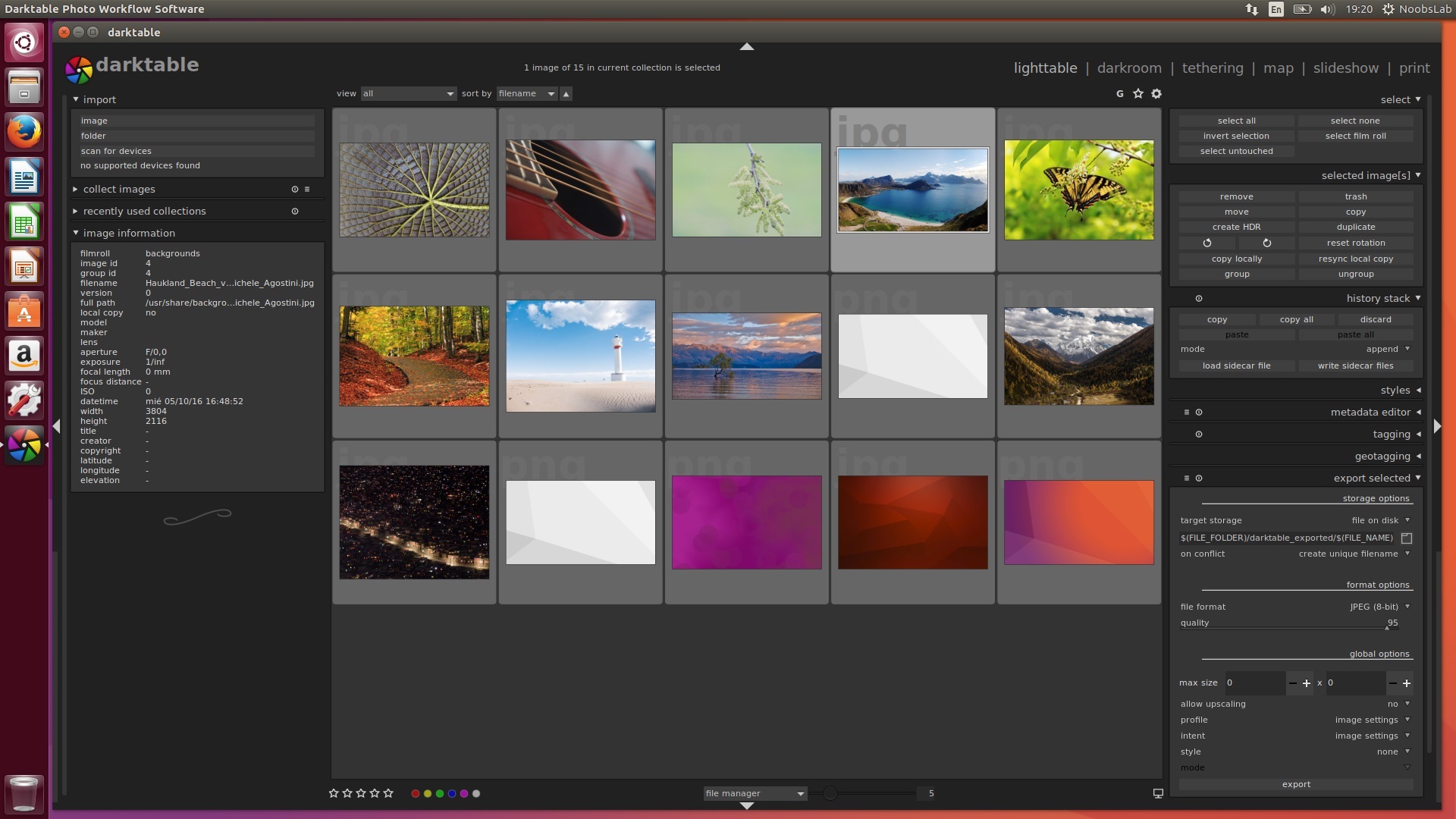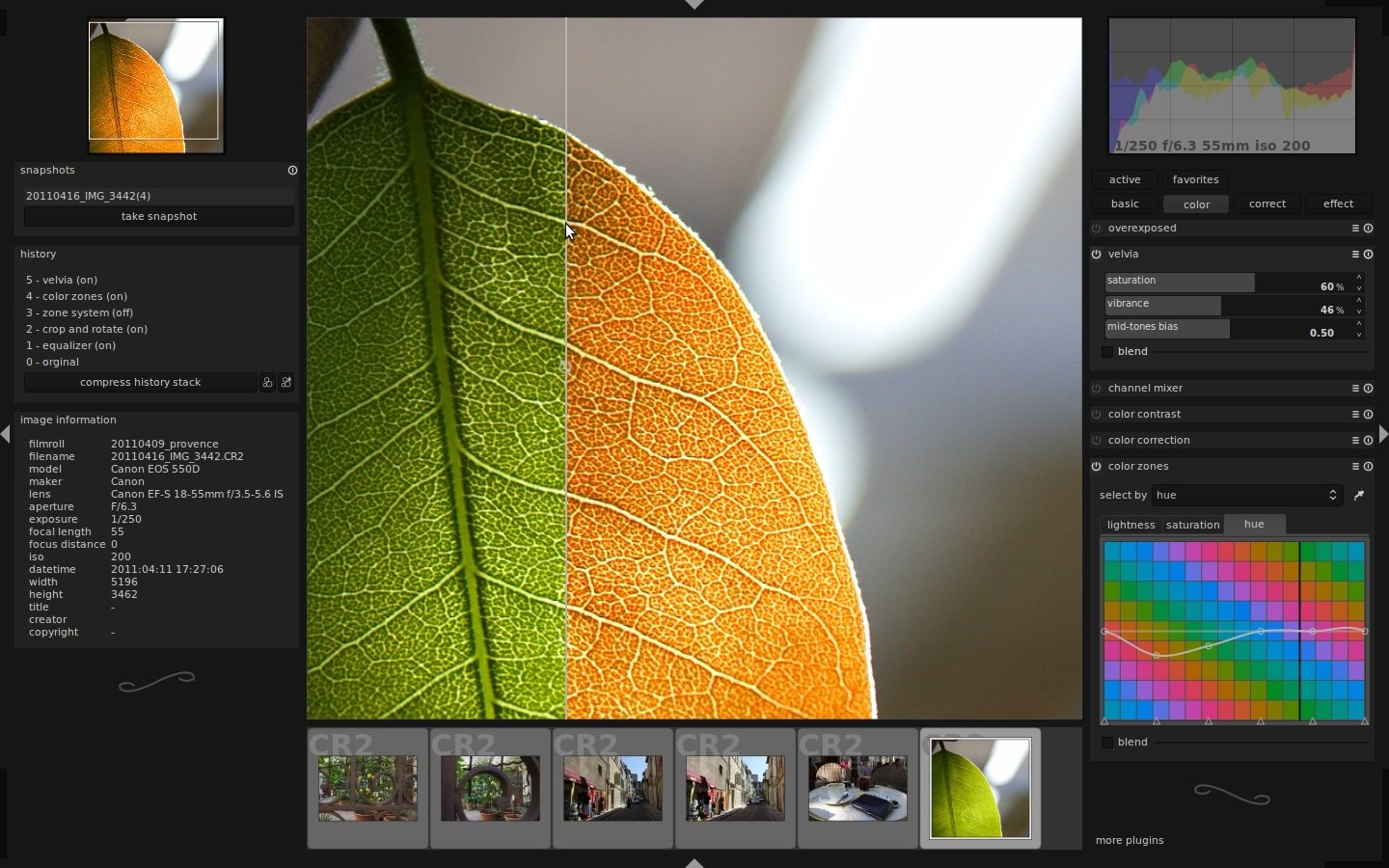
If I want meta data to be synced between different files it should be managed in my application. But it is exactly the same content, and the should share the same meta data. Say there is a file 'image.tif' compressed with method A, I cannot put another 'image.tif' compressed with method B into the same folder. Even if I wanted to give same content the same basename, I cannot do that in general. filename without extension) is simply inadequate to express that something represents the same content or has the same meta data. "I've not seen a good justification for using the same basename for different content in the same folder though."Ī basename (i.e. For the full list of new features, changes and bug fixes, read the full release notes. To download darktable 3.8.0, head over to the darktable website.

The next major release will require at least macOS 10.14 to run and Xcode 12 to build. It's worth noting that this version will be the last that supports macOS 10.7 and building with Xcode 11. For the full list of newly-supported cameras, click here.ĭarktable 3.8.0 is available for Windows, macOS and Linux. Balance presets and noise profiles have been added for numerous cameras as well. Speaking of camera support, compared to darktable 3.6, there's a lot of new support, including for the Canon EOS R-series of cameras, numerous Canon DSLR cameras, a few Leica cameras and three Sony cameras, including the A7 IV. The support is provided by LibRaw, so users will need to have at least exiv2 version 0.27.4 with BMFF support activated. It's well-suited to high ISO and noisy images.ĭarktable 3.8.0 adds support for the Canon. A new LMMSE demosaic algorithm has been added. This replicates the old keystone correction functionality from the old 'crop and rotate' module.

The perspective correction module has been renamed to 'rotate and perspective' and now lets the user manually define correction settings by drawing lines or rectangles over the image. You can define specific rules for applying diffusion across edges, too. You can also use the module to simulate watercolor smudges, increase local contrast or perform surface blurring. You can simulate or revert diffusion processes to reconstruct images from lens blur, hazing, sensor low-pass filter, or noise.


 0 kommentar(er)
0 kommentar(er)
